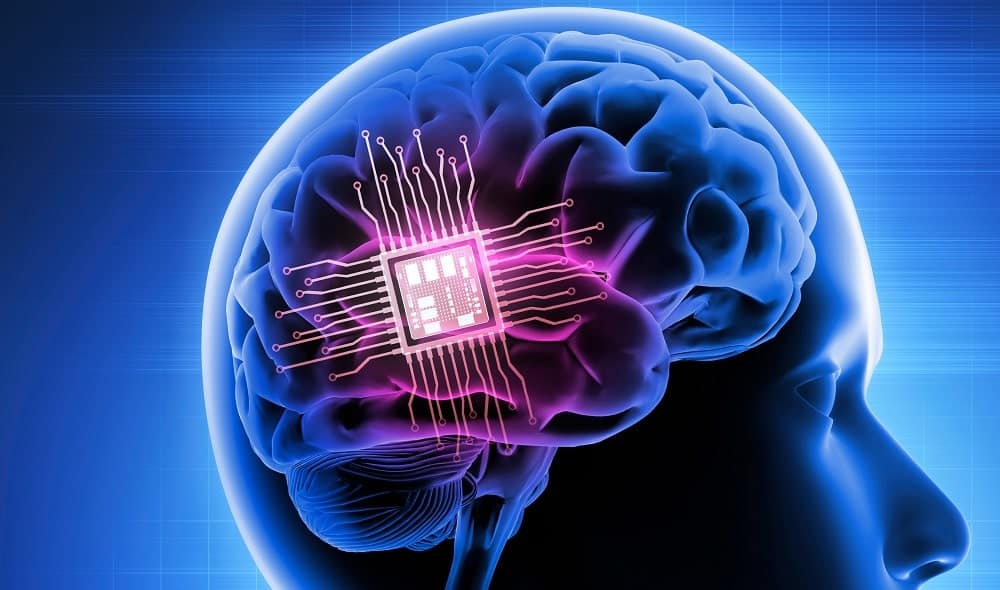In the realm of technological advancements, Apple has consistently been at the forefront, introducing groundbreaking innovations that redefine our relationship with technology. The company’s latest project, Neuralink, is set to revolutionize the way we interact with artificial intelligence (AI) by merging it with the human brain. In this article, we will delve into the details of Apple’s Neuralink, its underlying technology, potential applications, and the implications it may have on the future of human-computer interaction.
Introducing Neuralink:
Apple’s Neuralink is an ambitious project that aims to create a seamless connection between the human brain and AI technology. It involves the development of neural implants, tiny devices that can be inserted into the brain to establish a direct link with AI systems. These implants are designed to decode neural signals and enable bidirectional communication between the brain and external devices.
The Neuralink Technology:
At the core of Neuralink lies a sophisticated combination of neuroscience, engineering, and AI. The neural implants are equipped with an array of sensors and electrodes that can record and stimulate neural activity. This allows for the transmission of information between the brain and AI systems, enabling users to control and interact with technology using their thoughts.
Enhancing Cognitive Abilities:
One of the primary goals of Neuralink is to enhance human cognitive abilities. By integrating AI algorithms with the brain’s neural networks, Neuralink can provide users with expanded memory capacity, accelerated learning capabilities, and improved information processing. This has the potential to revolutionize education, research, and various industries that rely on cognitive performance.
Medical Applications:
Neuralink also holds immense promise in the field of medicine. By interfacing with the brain, the technology can assist in the treatment of neurological disorders such as Parkinson’s disease, epilepsy, and spinal cord injuries. Neuralink implants can monitor brain activity, detect abnormalities, and deliver targeted electrical stimulation to alleviate symptoms and restore functionality.
Ethical Considerations and Challenges:
The development and implementation of Neuralink raises ethical concerns and challenges that must be addressed. Privacy and data security are paramount when dealing with the sensitive information generated by brain-computer interfaces. Additionally, ensuring the safety and long-term reliability of neural implants is crucial for widespread adoption.
The Future of Human-Computer Interaction:
Apple’s Neuralink represents a significant step towards a future where human-computer interaction is more seamless and intuitive. By merging the power of AI with the human brain, Neuralink has the potential to unlock new levels of cognitive performance, revolutionize medical treatments, and reshape the way we interact with technology.
Conclusion:
Apple’s Neuralink project marks an exciting frontier in the intersection of neuroscience and technology. As the boundaries between humans and machines blur, Neuralink has the potential to redefine the capabilities of the human brain and transform various industries. However, ethical considerations and technological challenges must be carefully addressed to ensure the safe and responsible development of this groundbreaking technology. With ongoing research and innovation, Neuralink has the potential to unlock new possibilities and pave the way for a future where the human mind and artificial intelligence seamlessly converge.


